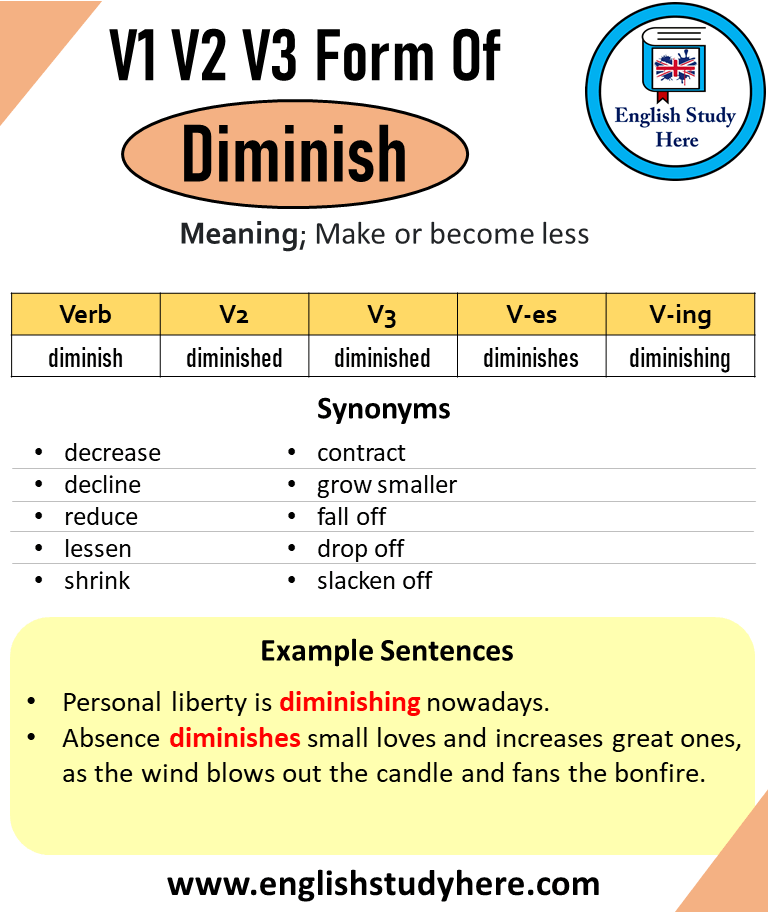Wind Past And Past Participle Form V1 V2 V3 V4 V5 Form of Wind
Have you ever found yourself scratching your head over the different forms of the verb “wind”? You’re not alone.
Understanding verbs and their various forms can be a real puzzle, especially when it comes to irregular verbs like “wind. ” But don’t worry; this blog post is here to unravel that mystery for you. By the end of this article, you’ll have a clear grasp of the past and past participle forms of “wind,” including V1, V2, V3, V4, and V5 forms.
Imagine the confidence you’ll feel when you can use these forms correctly in both speaking and writing. Keep reading, and let’s untangle the winding world of verbs together.

Credit: www.pinterest.com
Wind Verb Forms
The verb “wind” changes in different tenses. Its present form is wind. In the past, it becomes wound. The past participle is also wound. For the present participle, use winding. In third person, it becomes winds.
| Verb Form | Wind |
|---|---|
| V1 (Base Form) | wind |
| V2 (Past Simple) | wound |
| V3 (Past Participle) | wound |
| V4 (Present Participle) | winding |
| V5 (3rd Person Singular) | winds |

Credit: www.youtube.com
Usage In Sentences
The word windhas different forms. These forms are used in sentences. Knowing them helps in writing clearly. The present form is wind. We use it to talk about now. The past form is wound. It shows action that is done. The past participle is also wound. This form is used with helping verbs. The present participle form is winding. It describes ongoing actions. The verb form is winds. It is used with singular nouns. These forms help in writing correct sentences.
Windis used in many ways. “I windthe clock daily.” Here, it shows a present action. In “He woundthe rope tightly,” woundshows a completed action. “The path is windingthrough the hills.” This describes a continuing action. “She windsthe thread carefully,” shows a regular action. Understanding these forms is important. Practice using them in sentences.
Common Mistakes
People often make mistakes with verb forms. Wind is tricky. The present is wind. The past is wound. The past participle is also wound. Many forget these forms. They use incorrect words. This confuses readers.
Another error is using wind for all tenses. This is wrong. It leads to misunderstandings. Knowing the correct forms helps. Learning verbs is important. It makes writing clearer.
Remember the forms: wind, wound, wound. Practice using them. Check your writing. Make sure verbs are correct. It improves communication. It avoids confusion.

Credit: englishstudyhere.com
Conclusion
Understanding the forms of “wind” enhances your English skills. Practice makes it easier to remember. The verb forms help in writing and speaking more clearly. Use V1, V2, V3, V4, and V5 to improve sentences. Regular practice helps retain these forms in memory.
It’s essential for effective communication. A strong grasp of verb forms empowers your language use. Learning these forms opens more ways to express ideas. Keep practicing, and you’ll see progress. Mastering verb forms is a key step in language learning.
Stay committed and watch your skills grow.






